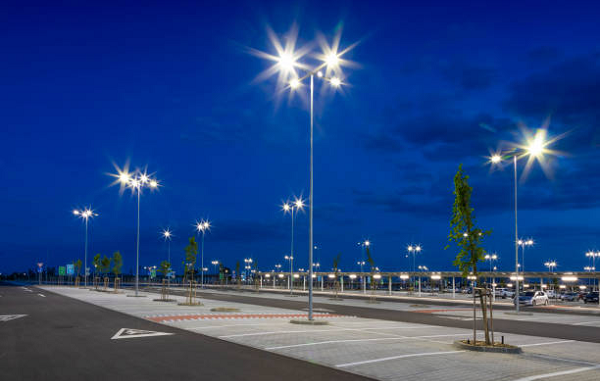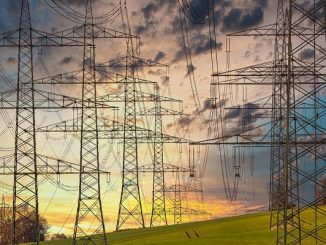
Mar 22:UJALA [Unnat Jyoti by Affordable Light Emitting Diode (LED) for All] was launched on 5th January 2015 to provide energy-efficient LED bulbs to domestic consumers at an affordable price. The program was successful in bringing down the retail price of the LED bulbs from Rs. 300- 350 per LED bulb in the year 2014 to Rs 70-80 per bulb, in a short span of 3 years. The salient features of the UJALA program are as follows:
- Increase the demand for LED lights by aggregating requirements across the country and provide economies of scale to manufacturers through regular bulk procurement, which helped the manufacturers to reduce the cost of LED bulbs not only for the UJALA program but for the retail segment as well.
- Promote the use of the most efficient lighting technology at affordable rates to domestic consumers which benefits them by way of reduced energy bills while at the same time improving their quality of life through better illumination.
- Enhance consumer awareness on the financial and environmental benefits of using energy-efficient appliances, thus creating a market for energy-efficient appliances.
- Distribution of 36.79 Crore (as of 16.03.2022) LED bulbs resulted in energy saving of 47,784 million units of electricity per annum, peak demand reduction of 9,566 MW, and 38.70 million tonnes of CO2 emission reduction annually.
Street Lighting National Program (SLNP) was launched on 5th January 2015 as “Prakash Path” – National Program for the adoption of LED Street Lighting. The main objective was to convert conventional Street Lights with energy-efficient LED Street Lights. Energy Efficiency Services Limited (EESL) was designated as the implementing agency to implement this program across Pan- India. This initiative was a part of the Government’s efforts to spread the message of energy efficiency in the country and bring market transformation for energy-efficient appliances. EESL joined hands with the Urban Local Bodies (ULBs), Municipal Bodies, Gram Panchayats (GPs), and Central & State Governments to implement SLNP across India. The salient features of the Street Light National Programme are as follows:
- Reduction in Energy Consumption: Reduce energy consumption in lighting which helps DISCOMs to manage peak demand.
- Market Transformation by reduced pricing through demand aggregation and Shifting the
buying preference from Sodium Vapour/Fluorescent Lighting to LED Based Solid-State Lighting.
- Promote Energy Service Company (ESCO) model Approach: Under this model, ESCO replaces the conventional street lights with LEDs at its own costs (without any need for municipalities to invest), and the consequent reduction in energy and maintenance cost of the municipality is used to repay ESCO over a period of time.
- Green House Gas (GHG) Emission Reduction: Mitigate climate change by implementing energy-efficient LED-based street lights resulting in reduced GHG emissions. Also, reduction in energy intensity thereby supporting India’s Nationally Determined Contribution (NDC) goals.
- Improvement in the safety & security in the public areas in rural, semi-urban, and urban settings through better illumination.
- Progress & Impact: To date, EESL has installed over 1.23 crore (as of 16.03.2022) LED street lights in ULBs and Gram Panchayats across India. This has resulted in an Energy savings of 8516.7 Million Units of Electricity per annum, peak demand reduction of 1419.45 MW, and 5.87 Million tons of CO2 emission reduction annually.
This information was given by Shri R.K Singh, Union Minister for Power and New and Renewable Energy in a written reply in Rajya Sabha today.
***
Disclaimer: We donot claim that the images used as part of the news published are always owned by us. From time to time, we use images sourced as part of news or any related images or representations. Kindly take a look at our image usage policy on how we select the image that are used as part of the news.
